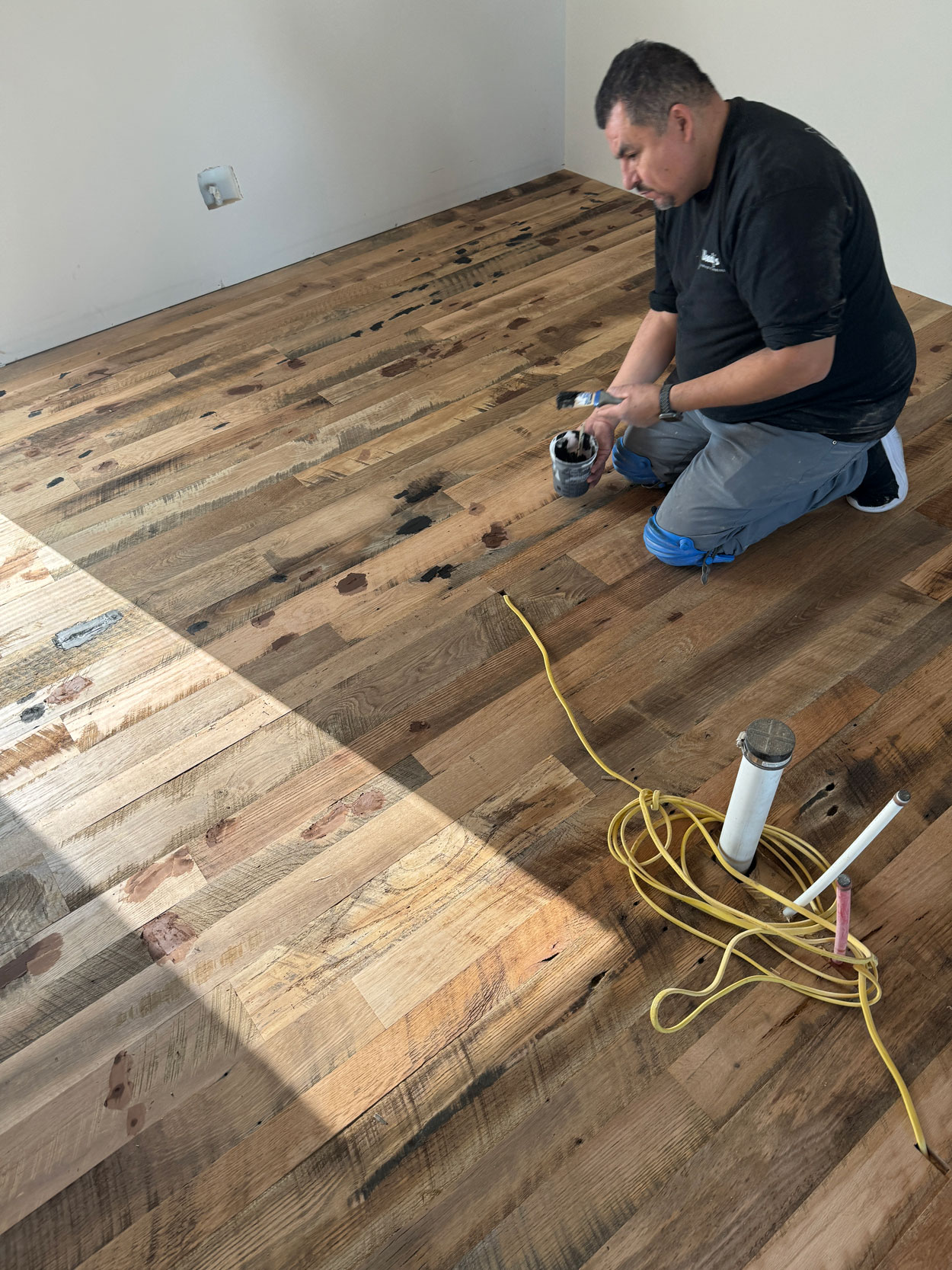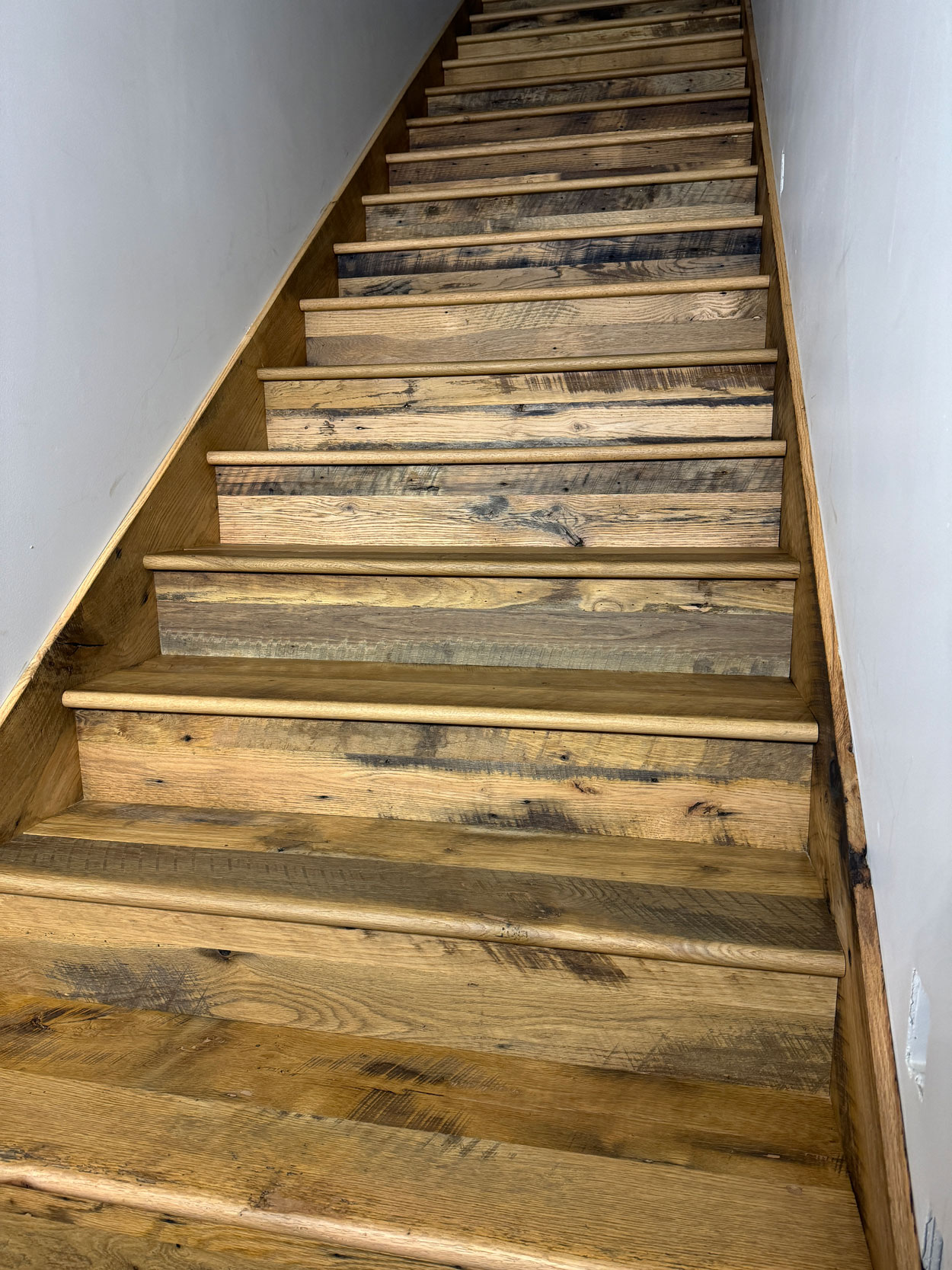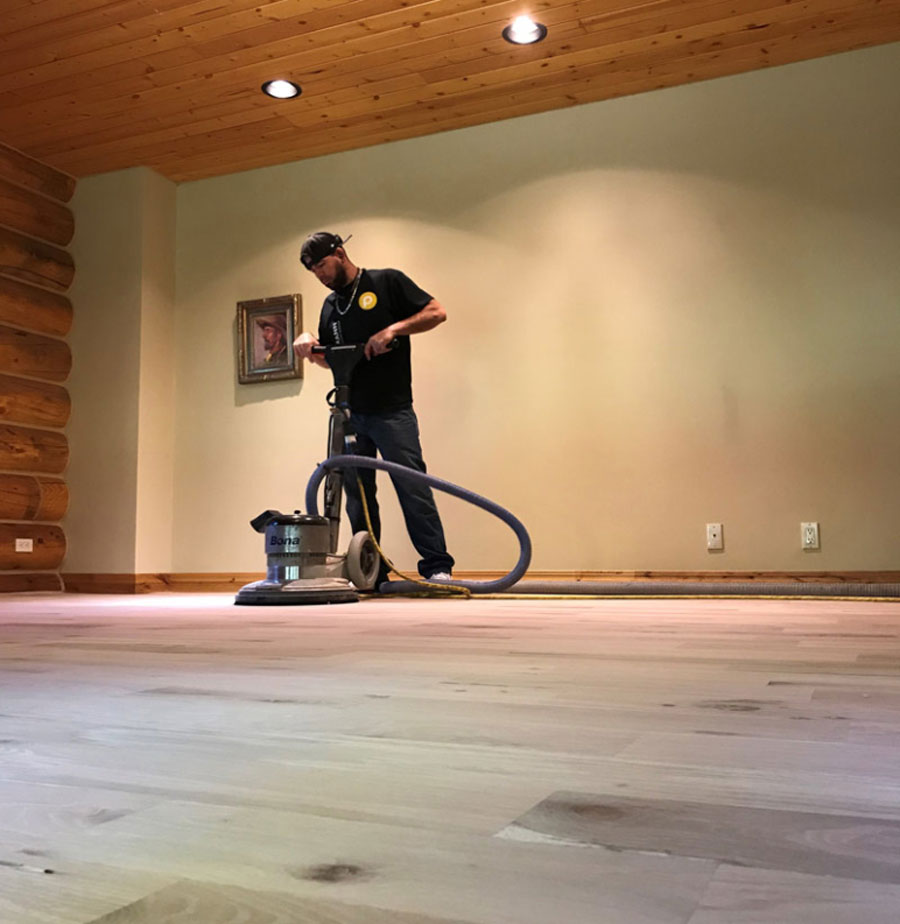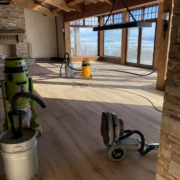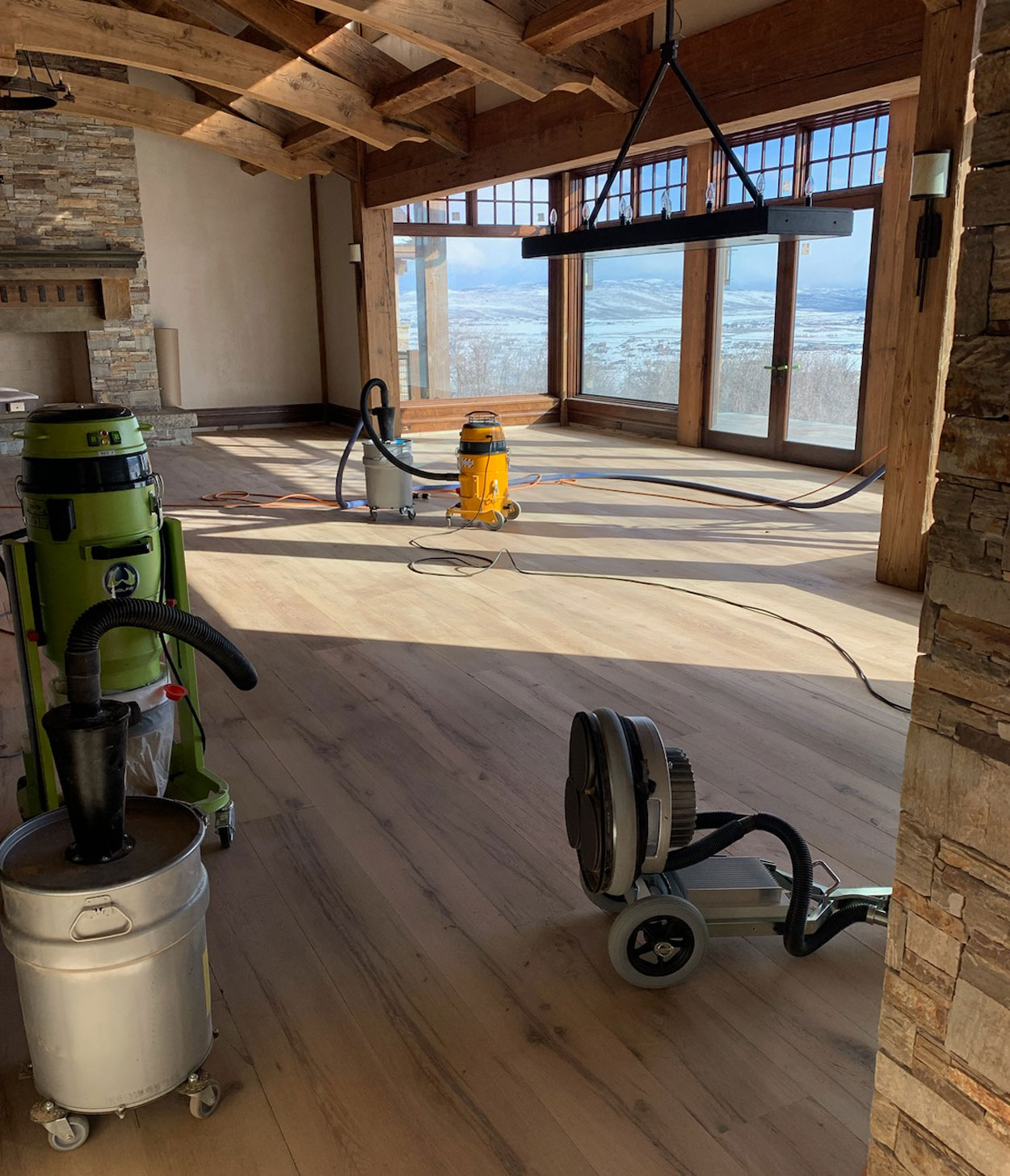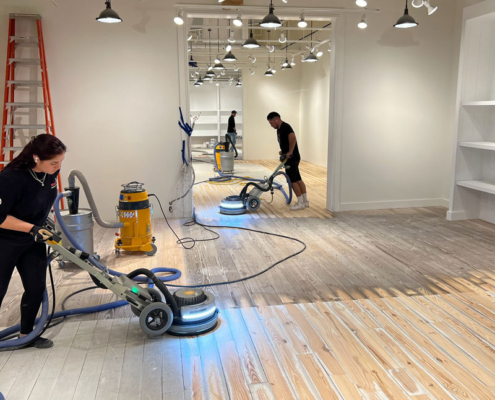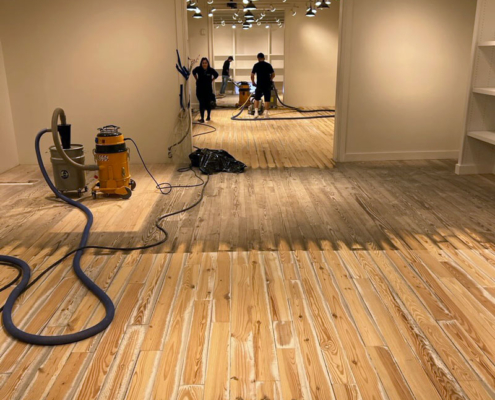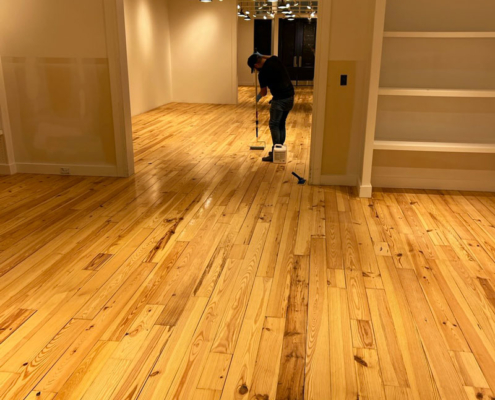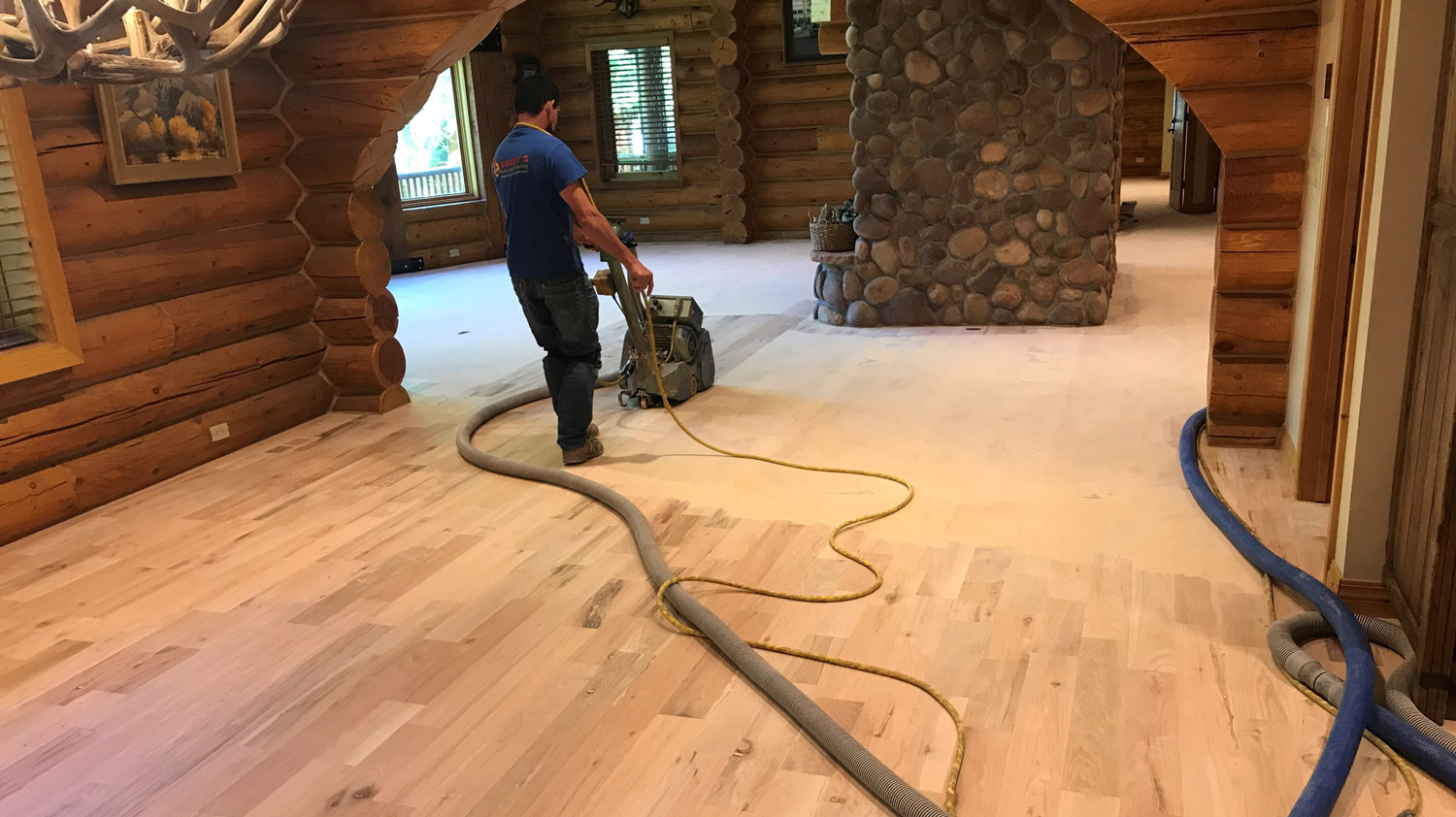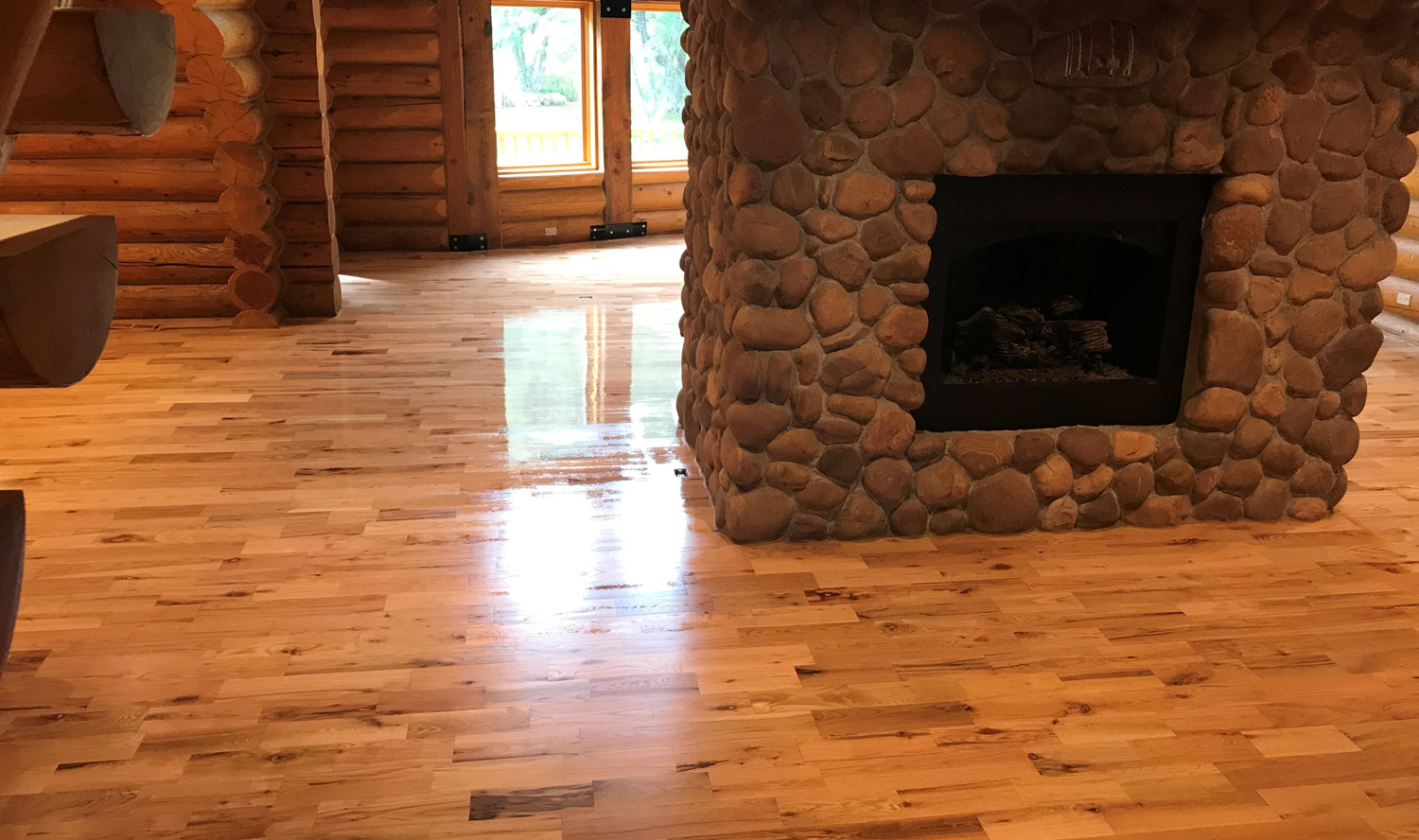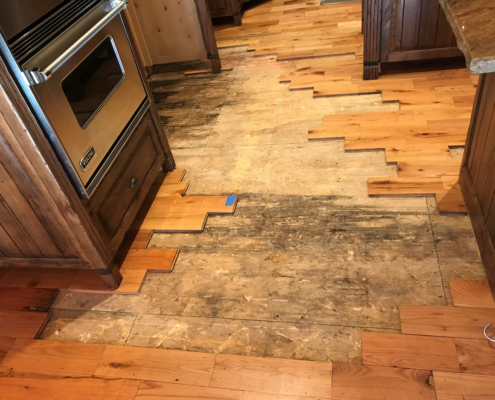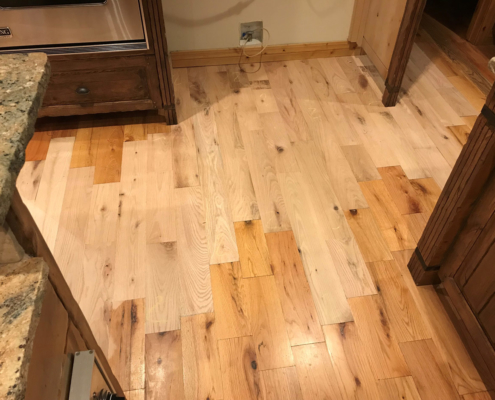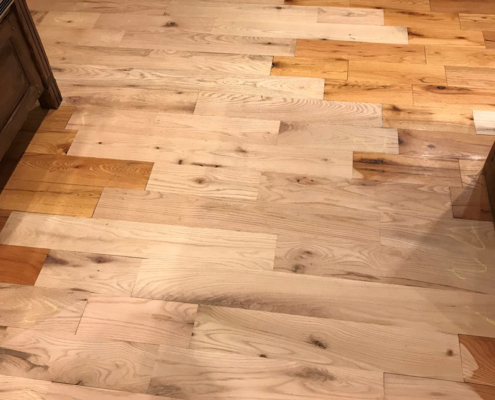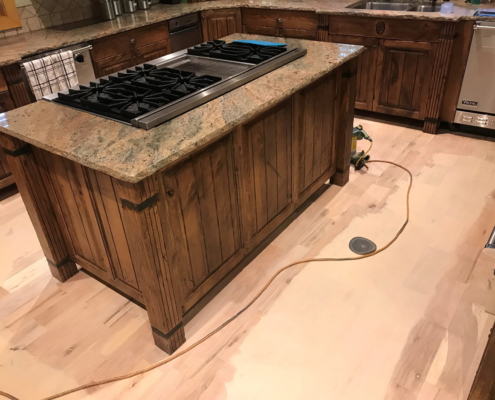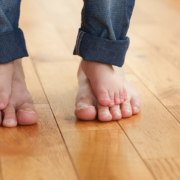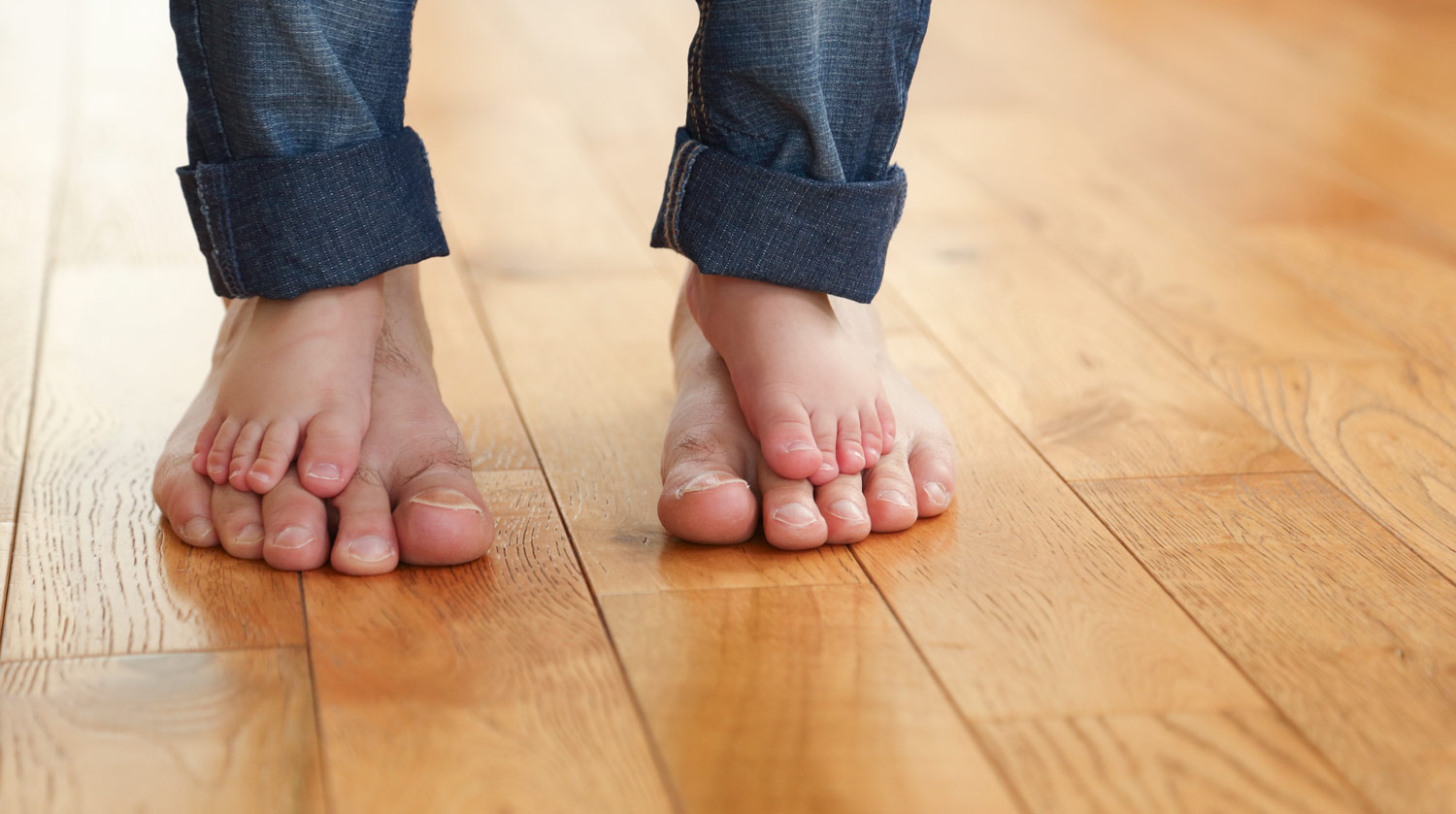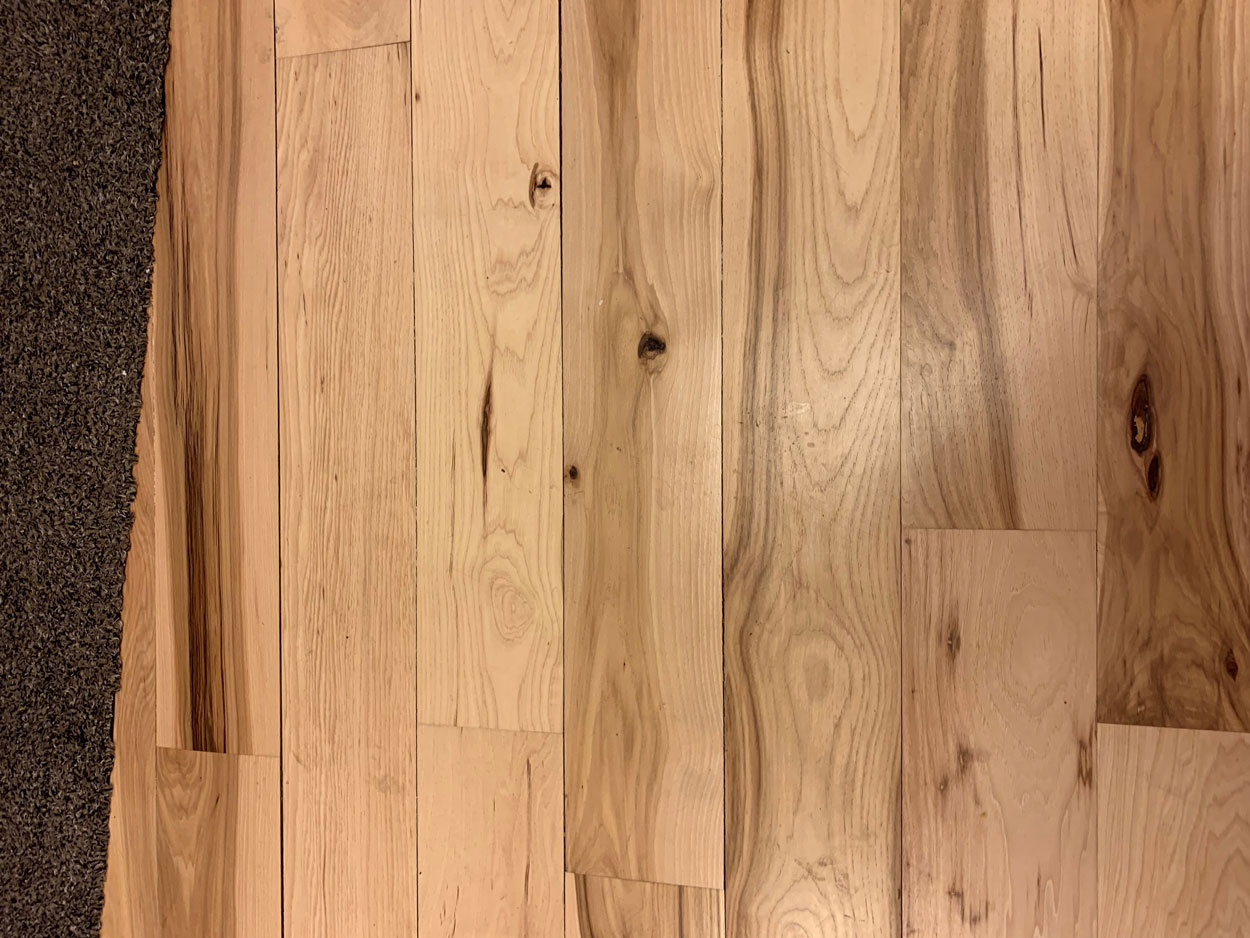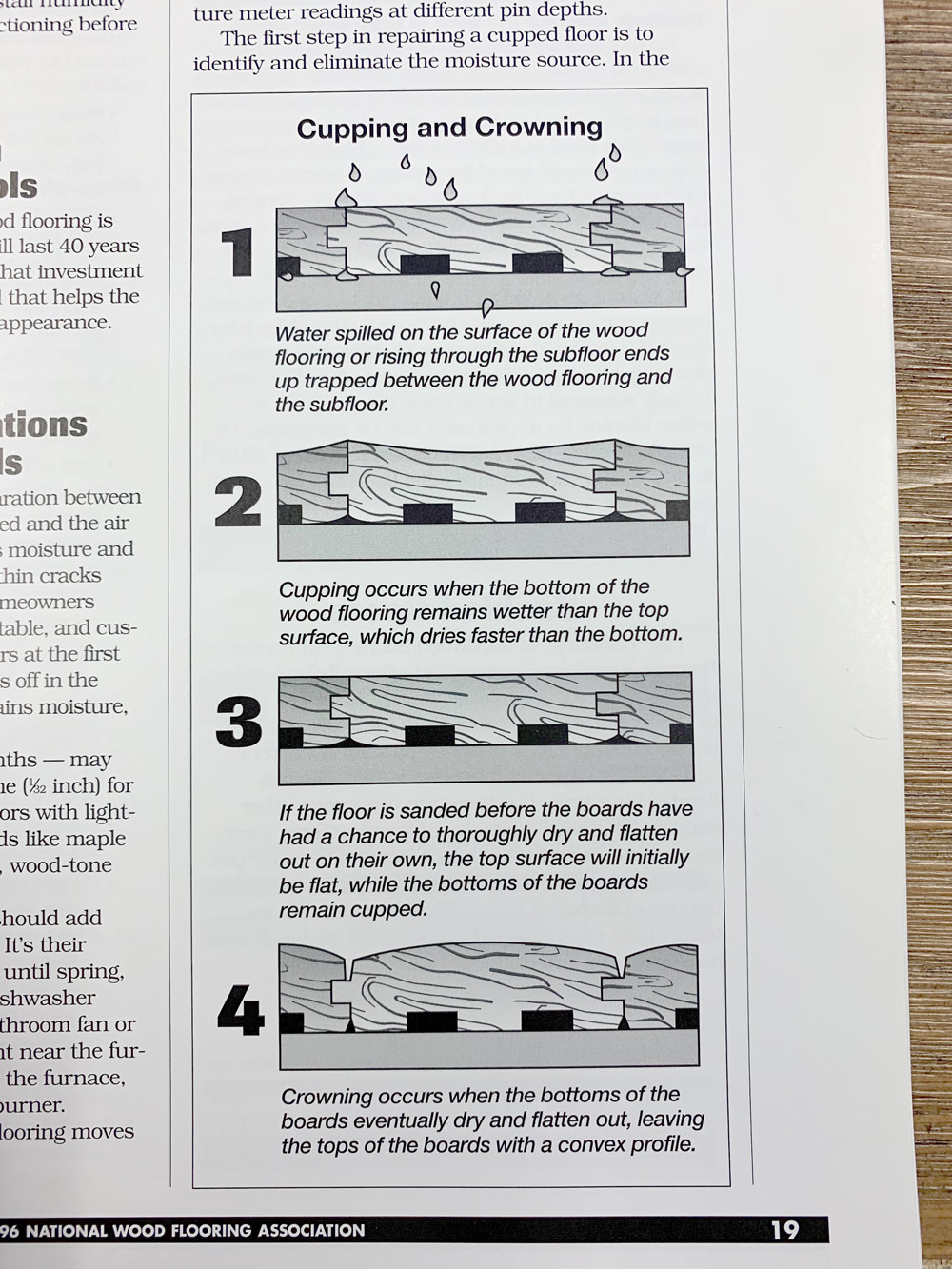The Smart Guide to Hardwood Floors During a Utah Home Renovation
Discover the ultimate tips during a renovation for selecting and maintaining hardwood floors in Utah’s unique climate.
When it comes to home renovations in Utah, hardwood floors are often a top choice for homeowners looking to enhance the beauty and value of their spaces. This guide will explore various aspects of hardwood flooring, from refinishing and replacing to custom designs and sustainability. Whether you’re embarking on a full-scale renovation or simply updating a room, understanding the nuances of hardwood flooring can make all the difference in your project.
Refinish or Replace? Making the Right Choice for Your Utah Hardwood Floors
Deciding whether to refinish or replace your hardwood floors can be a daunting task. Both options come with their own set of advantages and considerations. Refinishing existing hardwood is often a more cost-effective solution, allowing homeowners to restore the original beauty of their floors without the expense of a full replacement.
Refinishing involves sanding down the surface to remove any scratches or imperfections, followed by applying a new finish. This process can breathe new life into tired floors, making them look as good as new. Additionally, refinishing is generally quicker and less disruptive than a full replacement, which can take weeks and require moving furniture and other obstacles.
Benefits of Refinishing Existing Hardwood
One of the primary benefits of refinishing is the preservation of the original wood, which can add character and charm to your home. Many older homes in Utah feature hardwood floors that are not only beautiful but also historically significant. By refinishing these floors, homeowners can maintain their unique aesthetic while enhancing durability.
Moreover, refinishing can be an environmentally friendly choice, as it reduces waste and minimizes the need for new materials. This option is particularly appealing to those who prioritize sustainability in their renovation projects.
Blending Old with New: Seamless Hardwood Floor Additions During Renovations
When renovating a home, it’s common to want to integrate new hardwood flooring with existing materials. Achieving a seamless look requires careful consideration of various factors, including wood species, width, and stain color.
Matching the wood species is crucial for ensuring that the new and old floors complement each other. Different species of wood have distinct colors and grain patterns, which can create a stark contrast if not chosen wisely. Additionally, the width of the planks can impact the overall aesthetic. Wider planks tend to create a more modern look, while narrower ones can evoke a more traditional feel.

Matching Wood Species, Width, and Stain
Stain color is another vital element in blending old with new. Homeowners should aim for a stain that closely resembles the existing floors to achieve a cohesive appearance. If the original floors have a warm, honey hue, opting for a similar shade in the new planks will help unify the space.
Consulting with a flooring expert can provide valuable insights into the best options for achieving a harmonious blend. They can assist in selecting the right materials that not only match but also enhance the overall design of the home.
Custom Hardwood Designs: Adding Borders and Inlays to Elevate Your Renovated Space
For those looking to add a touch of elegance to their hardwood floors, custom designs such as borders and inlays can be an excellent choice. These features can transform a standard floor into a work of art, enhancing the visual appeal of any room.
Borders can define spaces within an open floor plan, while inlays can serve as focal points in entryways or dining areas. The possibilities are endless, and homeowners can choose from a variety of patterns and designs that reflect their personal style.
Heritage Touches for Historic Homes vs. Modern Accents with Timeless Appeal
For historic homes, incorporating heritage touches in hardwood designs can preserve the character and charm that make these properties unique. Traditional patterns and classic motifs can enhance the authenticity of the space, making it feel cohesive with the home’s overall aesthetic.
On the other hand, modern accents can provide a fresh twist to contemporary spaces. Sleek lines and geometric patterns can create a striking contrast against traditional architecture, resulting in a visually dynamic environment. Whichever route is chosen, custom hardwood designs can significantly elevate the look of a renovated space.
Pet-Friendly and Stylish: Choosing the Right Hardwood for Renovated Family Homes
For families with pets, selecting the right hardwood flooring is essential. Not all hardwoods are created equal when it comes to durability and resistance to scratches. Homeowners should consider species that offer both style and resilience to withstand the wear and tear of everyday life.
Hardwoods like oak, maple, and hickory are known for their strength and durability, making them ideal choices for homes with pets. Additionally, opting for a finish that is scratch-resistant can help maintain the floor’s appearance over time, ensuring it remains beautiful despite the challenges of pet ownership.
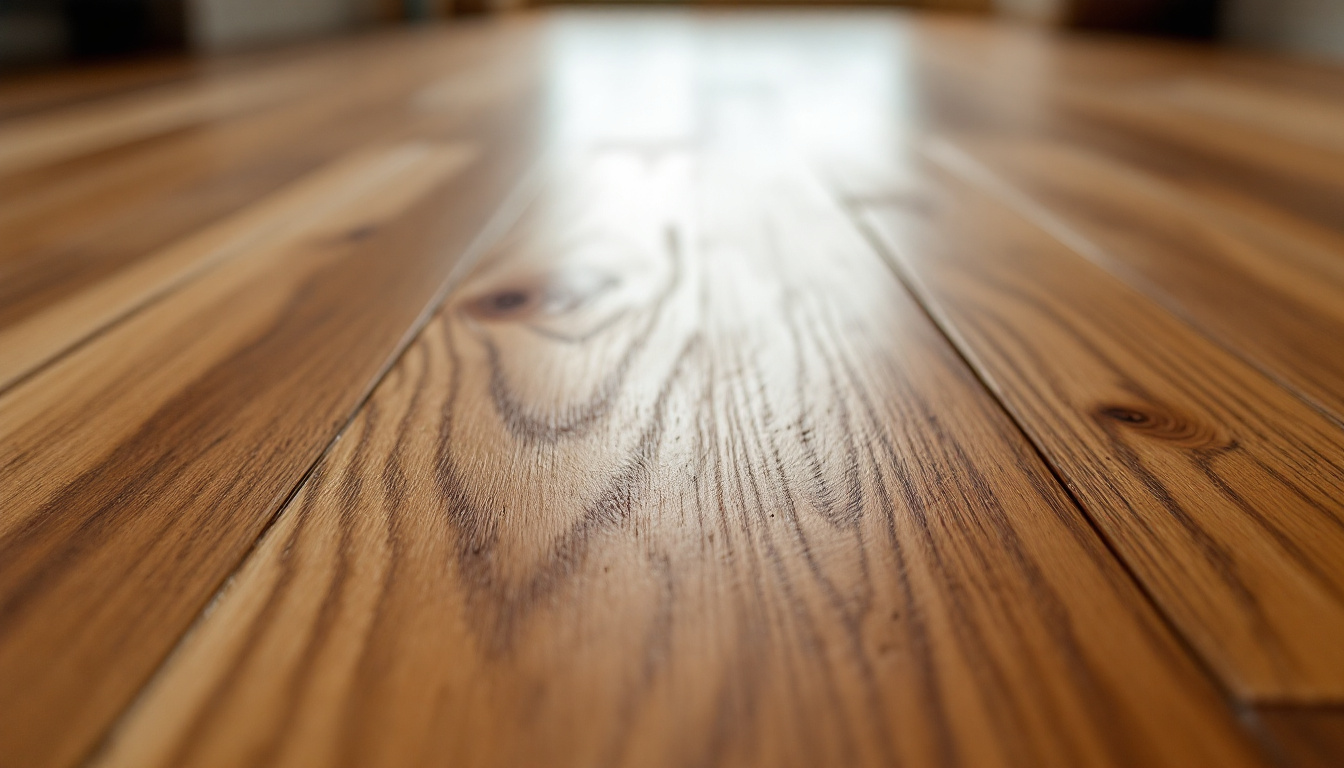
Durable Species and Scratch-Resistant Finishes
In addition to choosing a durable wood species, homeowners should also explore various finish options. A high-quality polyurethane finish can provide an extra layer of protection against scratches and stains, making it easier to maintain the floor’s appearance.
Ultimately, the goal is to find a balance between style and practicality. With the right choices, hardwood flooring can be both pet-friendly and aesthetically pleasing, creating a welcoming environment for the whole family.
How Utah Elevation and Dry Air Affect Hardwood Floors in Home Remodels
Utah’s unique climate, characterized by high elevation and dry air, can have a significant impact on hardwood floors. Understanding how these environmental factors affect wood is crucial for homeowners during renovations.
Wood is a natural material that expands and contracts with changes in humidity and temperature. In Utah’s dry climate, hardwood floors may experience more significant shrinkage, leading to gaps between planks. This phenomenon can be particularly noticeable during the winter months when indoor heating further reduces humidity levels.
Understanding Moisture and Expansion in Mountain Regions
To mitigate these issues, homeowners should consider acclimating hardwood flooring before installation. Allowing the wood to adjust to the home’s environment can help minimize expansion and contraction after installation. Additionally, maintaining a consistent indoor humidity level can further protect hardwood floors from damage.
Investing in a humidifier during the dry winter months can help maintain the right moisture levels, ensuring that hardwood floors remain beautiful and functional for years to come.
Planning a Home Office or Flex Room? Why Hardwood Flooring Works Best
As remote work becomes increasingly common, many homeowners are transforming spare rooms into home offices or flexible living spaces. When designing these areas, hardwood flooring is an excellent choice for several reasons.
First, hardwood floors provide a professional and polished appearance, which can enhance productivity and focus in a home office setting. The warmth and beauty of hardwood create an inviting atmosphere, making it easier to work for extended periods.
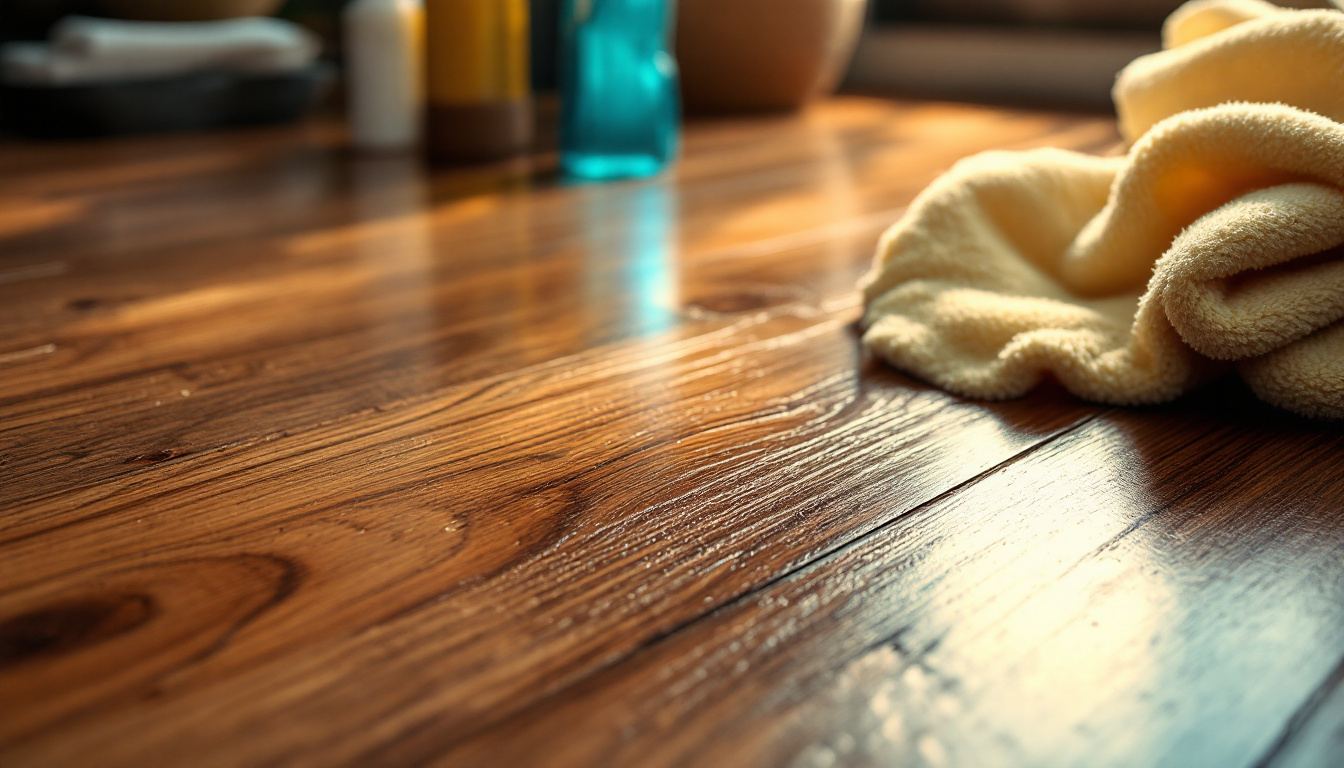
Creating Professional, Comfortable Spaces for Remote Work
Moreover, hardwood flooring is easy to clean and maintain, which is essential for busy professionals. Unlike carpet, hardwood does not trap dust, allergens, or pet dander, contributing to a healthier indoor environment. This feature is particularly beneficial for those who spend long hours working from home.
Versatile Flooring for Multi-Use Areas
In addition to home offices, hardwood flooring is an excellent option for multi-use areas that may serve as playrooms, guest rooms, or exercise spaces. Its versatility allows homeowners to create functional spaces that can adapt to their changing needs while maintaining a cohesive look throughout the home.
Uncovering Hidden Gems: What to Do If You Find Original Hardwood Under Carpet
During a renovation, homeowners may be pleasantly surprised to discover original hardwood floors hidden beneath layers of carpet. This discovery can be a game-changer, as it often means that the existing floors can be restored rather than replaced.
Restoring vintage hardwood can add character and charm to a home, showcasing its history and uniqueness. The process typically involves removing the carpet, assessing the condition of the wood, and deciding on refinishing options.
Restoring Vintage Character with Modern Refinishing
Modern refinishing techniques, such as dust-free sanding, can enhance the natural beauty of vintage hardwood while providing a durable finish that meets contemporary standards. Homeowners can choose from various stain colors and finishes to achieve their desired look, ensuring that the restored floors complement the overall design of the home.
Ultimately, uncovering original hardwood can be a rewarding experience, allowing homeowners to celebrate the history of their home while enjoying the benefits of beautiful, restored flooring.
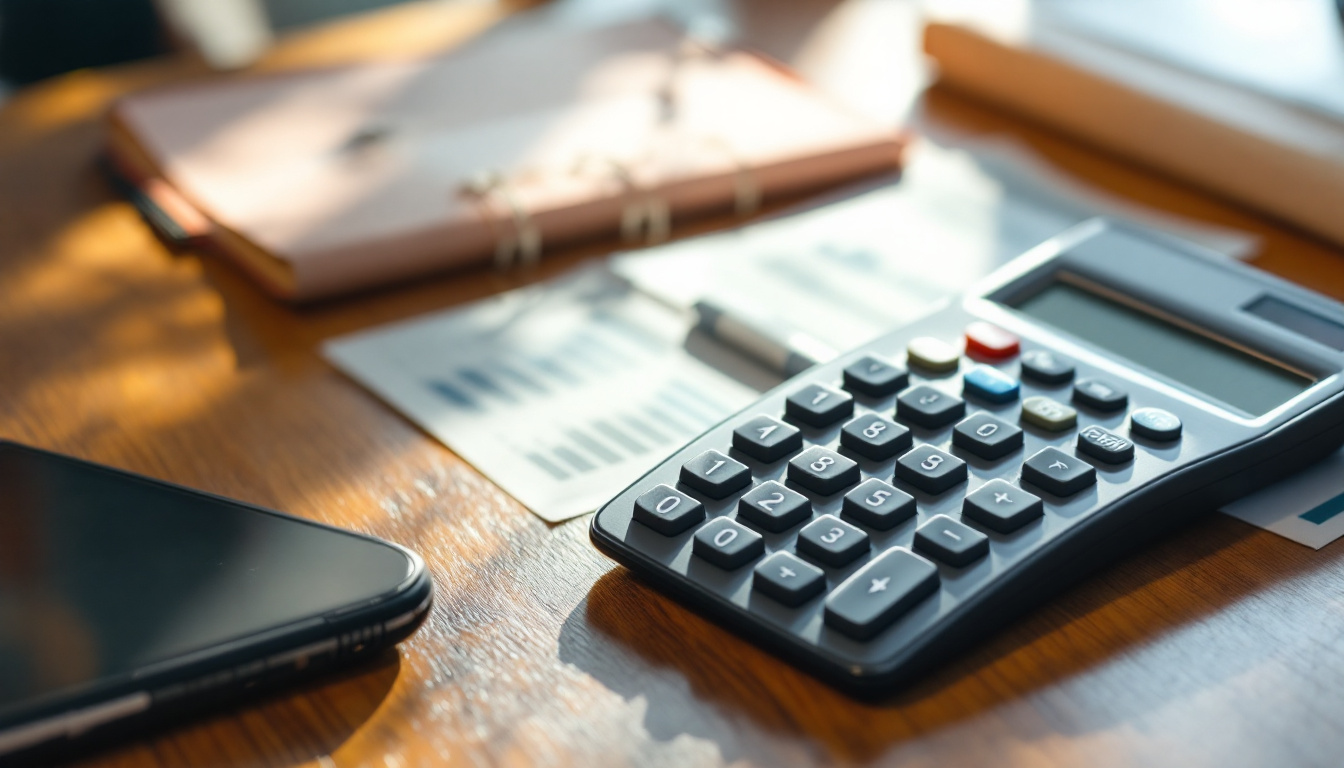
Investing in Hardwood: What Utah Homeowners Should Expect
Investing in hardwood flooring is a significant decision for any homeowner. Understanding the costs and long-term value associated with hardwood can help homeowners make informed choices during their renovation projects.
The initial cost of hardwood flooring can vary based on the type of wood, quality, and installation methods. While hardwood may have a higher upfront cost compared to other flooring options, it often pays off in the long run due to its durability and timeless appeal.
Comparing Costs and Long-Term Value Including Resale and Appraisal
Hardwood floors are known to increase a home’s resale value, making them a wise investment for homeowners looking to sell in the future. Potential buyers often appreciate the beauty and durability of hardwood, making it a desirable feature in any home.
When considering the overall value, homeowners should also factor in maintenance costs. While hardwood floors require periodic refinishing, they can last for decades with proper care, making them a sustainable choice for long-term living.
What to Know About Hardwood Floors in Utah Basements
Installing hardwood flooring in basements can be challenging due to moisture concerns. However, with the right precautions, it is possible to enjoy the beauty of hardwood even in these lower levels of the home.
Before installation, it’s crucial to assess the moisture levels in the basement. Homeowners may need to invest in moisture barriers or dehumidifiers to protect the flooring from potential damage. Additionally, choosing engineered hardwood can be a practical solution, as it is more resistant to moisture than solid hardwood.
Making Sustainable, Environmentally-Friendly Choices Without Sacrificing Quality
In today’s eco-conscious world, many homeowners are looking for sustainable flooring options that do not compromise on quality. Fortunately, there are several ways to make environmentally-friendly choices when selecting hardwood flooring.
Opting for sustainably sourced wood, such as those certified by organizations like the Forest Stewardship Council (FSC), ensures that the materials come from responsibly managed forests. Additionally, choosing finishes that are low in volatile organic compounds (VOCs) can contribute to a healthier indoor environment.
Ready to upgrade your floors with Utah’s trusted hardwood experts?
With a wealth of options and considerations surrounding hardwood flooring, it’s essential to work with knowledgeable professionals who can guide you through the process. From selecting the right materials to ensuring proper installation, trusted hardwood experts can help you achieve the beautiful and durable floors you desire.
Whether you’re refinishing existing floors, adding new hardwood, or exploring custom designs, the right expertise can make all the difference in your renovation project. Investing in hardwood flooring is not just a choice for today; it’s an investment in your home’s future.
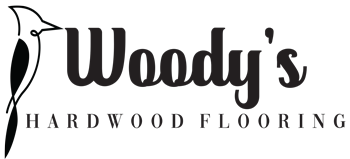

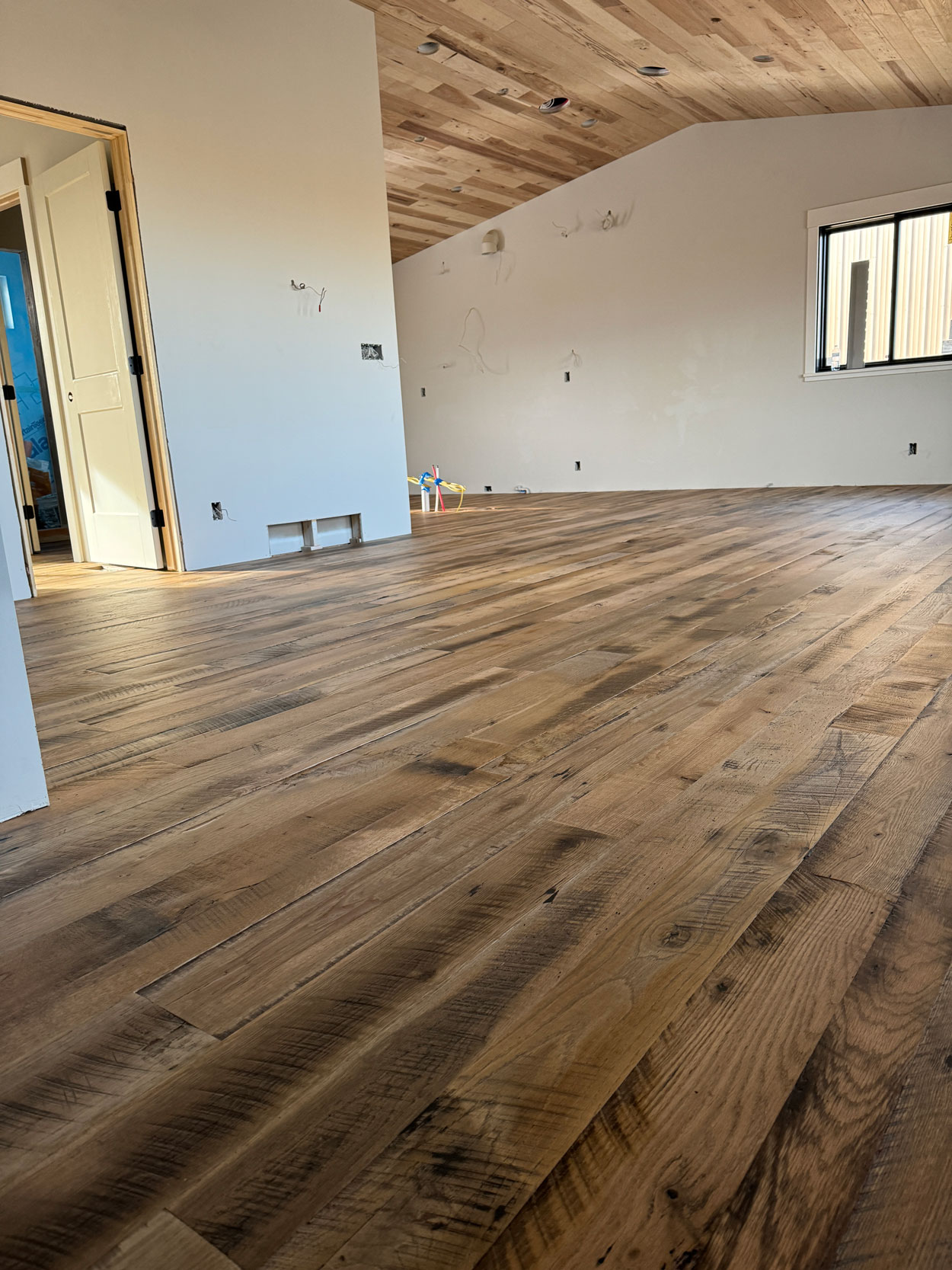 Discover the essential steps and expert tips for restoring antique hardwood floors to their former glory.
Discover the essential steps and expert tips for restoring antique hardwood floors to their former glory.
